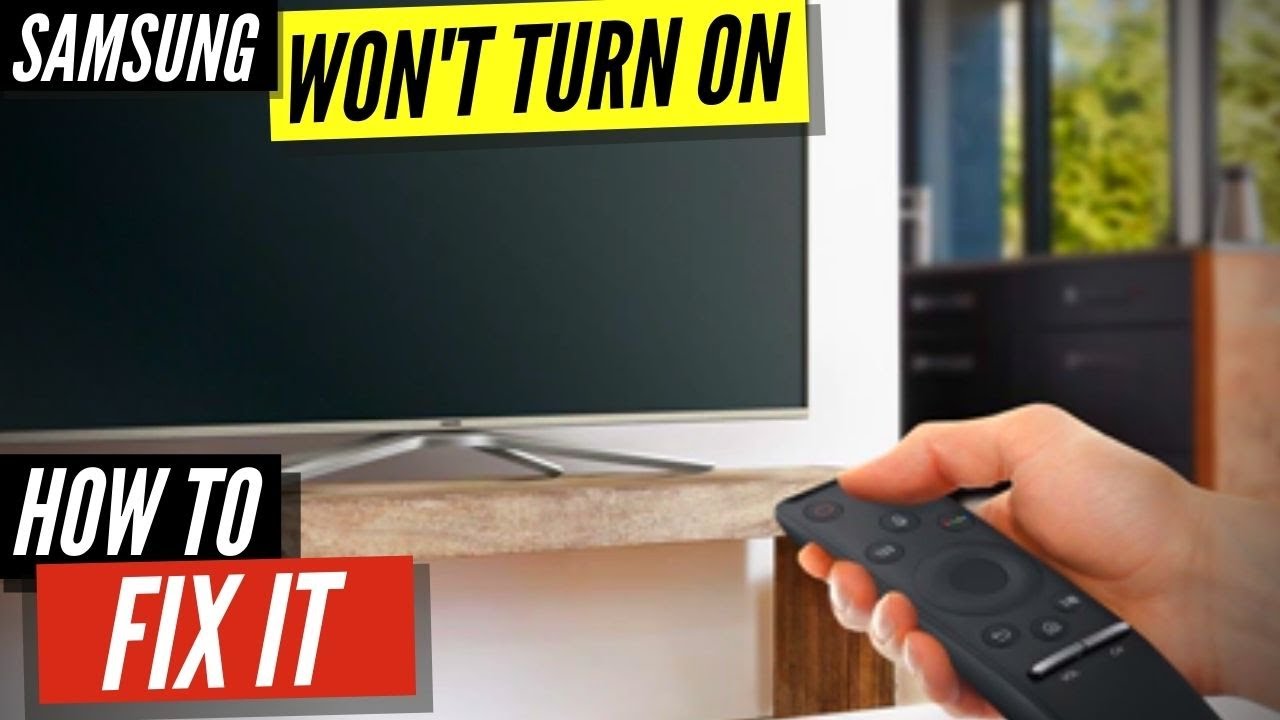Samsung phones are powerful devices, but like all smartphones, they can sometimes overheat. Overheating can cause slow performance, battery drain, and even damage to the hardware over time. Fortunately, there are practical ways to prevent and fix overheating issues. Based on thorough research and personal experience, this guide explains how to stop your Samsung phone from overheating effectively.
Step 1: Identify Common Causes of Overheating
Before fixing overheating, understand why it happens. Common reasons include:
- Running resource-heavy apps or games for long periods.
- Using the phone while charging.
- Environmental factors like direct sunlight or hot rooms.
- Software glitches or outdated firmware.
- Poor network signal causing constant searching.
- Excessive background app activity.
Knowing these helps you address the root cause.
Step 2: Close or Limit Heavy Apps and Games
Apps that use lots of CPU and GPU power generate heat.
What to do:
- Close apps running in the background via the Recent Apps screen.
- Avoid playing graphics-intensive games for extended periods.
- Check battery usage in Settings > Battery and device care > Battery to identify apps consuming more power.
Limiting heavy usage reduces heat production.
Step 3: Avoid Using Your Phone While Charging
Using your Samsung phone during charging increases the workload and temperature.
Tips:
- Let your phone charge without interruptions.
- Use the original or certified charger and cable.
- Avoid fast charging frequently if overheating persists, as it generates more heat.
Charging safely prevents unnecessary heat buildup.
Step 4: Remove the Phone Case Temporarily
Some cases trap heat, especially thick or non-breathable ones.
Try this:
- Remove your phone case when you notice overheating.
- Allow the phone to cool down faster without insulation.
If overheating reduces, consider switching to a slimmer or heat-dissipating case.
Step 5: Keep Software Updated
Samsung regularly releases software updates that fix bugs and improve performance.
How to update:
- Go to Settings > Software update.
- Tap Download and install.
- Keep your apps updated through the Google Play Store or Galaxy Store.
Updated software often resolves overheating caused by glitches.
Step 6: Check and Limit Background Processes
Background apps consume resources and cause heat.
Manage background activity:
- Open Settings > Apps.
- Select apps and tap Battery.
- Restrict background activity for apps that don’t need constant updates.
Using Device care in Settings can also optimize background apps automatically.
Step 7: Optimize Display Settings
The display is one of the largest power consumers.
Reduce heat by:
- Lowering screen brightness or enabling Adaptive brightness.
- Reducing screen timeout duration.
- Turning off features like Always On Display if not needed.
- Using dark mode, which reduces power usage on OLED screens common in Samsung phones.
Step 8: Avoid Direct Sunlight and High Temperatures
External heat can worsen phone overheating.
Recommendations:
- Keep your phone out of direct sunlight.
- Avoid leaving it in hot cars or near heat sources.
- Use the phone in cooler environments when possible.
Step 9: Use Battery Saver and Power Saving Modes
Samsung offers power-saving modes to reduce heat and save battery.
Activate Power Saving:
- Go to Settings > Battery and device care > Battery.
- Turn on Power saving mode.
- Customize it to limit CPU usage, background data, and brightness.
This reduces workload and heat generation.
Step 10: Restart Your Phone Regularly
Restarting clears temporary files and stops processes that may cause overheating.
How often?
- Restart once a day or whenever you notice sluggish performance and heat buildup.
Step 11: Factory Reset as a Last Resort
If overheating continues despite all steps, a factory reset can fix underlying software problems.
Warning: This deletes all data. Backup before proceeding.
How to reset:
- Go to Settings > General management > Reset > Factory data reset.
- Follow on-screen instructions to complete.
Final Thoughts
Overheating is common but manageable with the right habits. By limiting heavy app usage, charging safely, updating software, and adjusting settings, your Samsung phone can stay cool and efficient. If problems persist, professional service may be needed.





